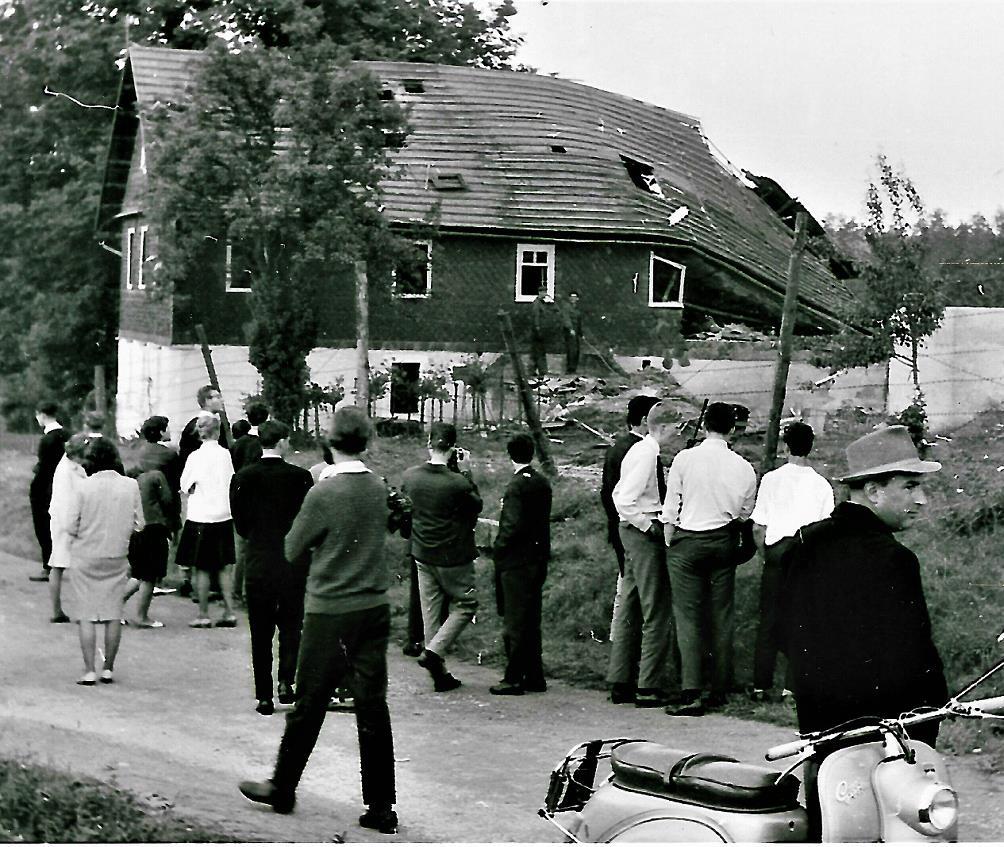
Gerd fleischmann
After the completely unexpected start of the wall construction on the 13. August 1961 – over 60 years ago – human tragedies occurred again and again at the "iron curtain" at the hands of the GDR rulers . The west was caught completely off guard with the total lockdown. The order to seal off the so-called zone border was given by GDR state council chairman walter ulbricht with the backing of moscow.
German fundamentalism
The policy of destruction with a german foundation was merciless. Many of the people living along the former zonal border, who had already been brutally evicted from their homes or had fled to the west, saw their homes demolished by GDR work crews under the supervision of the vopos (GDR people's police officers). Families and friends were ruthlessly separated.
The extermination actions began at that time in the area of mostholz/rotheul/ burggrub . The buildings opposite the geiger inn were the first to be razed to the ground. Eleven dwellings (individual farmsteads) were razed to the ground by the GDR as a so-called security risk, noted burggrub's local historian willi bischof. The reason: they were too close to the border with bavaria. The inhabitants were resettled inland.
Blow after blow
And then in 1961 the dismantling went on step by step. In the same year, the popular forest inn "bernhard", located on the zonal border near stockheim, became a victim of the GDR's willfulness. This is what happened to other buildings along the border to tettau in 1962 and 1963.
In the period that followed, the "iron curtain" developed into an almost insurmountable "bulwark against fascism" (GDR jargon). Nevertheless, there were numerous escape attempts with fatal results.
With the unexpected fall of the berlin wall on 9 september. November 1989 the german-german drama ended. One year later, the germans celebrated reunification .
Visible sign
For a long time, too long, the "death strip" had been the order of the day. That is why a visible sign of joy was created in burggrub in particular. In 1992, around 2000 christians from bavaria and thuringia celebrated the consecration of the border and peace chapel on the former border between burggrub and neuhaus-schierschnitz as part of the deanery church day. The building is a place of reminder and remembrance of terrible times, as the burggrub chapel association explains.